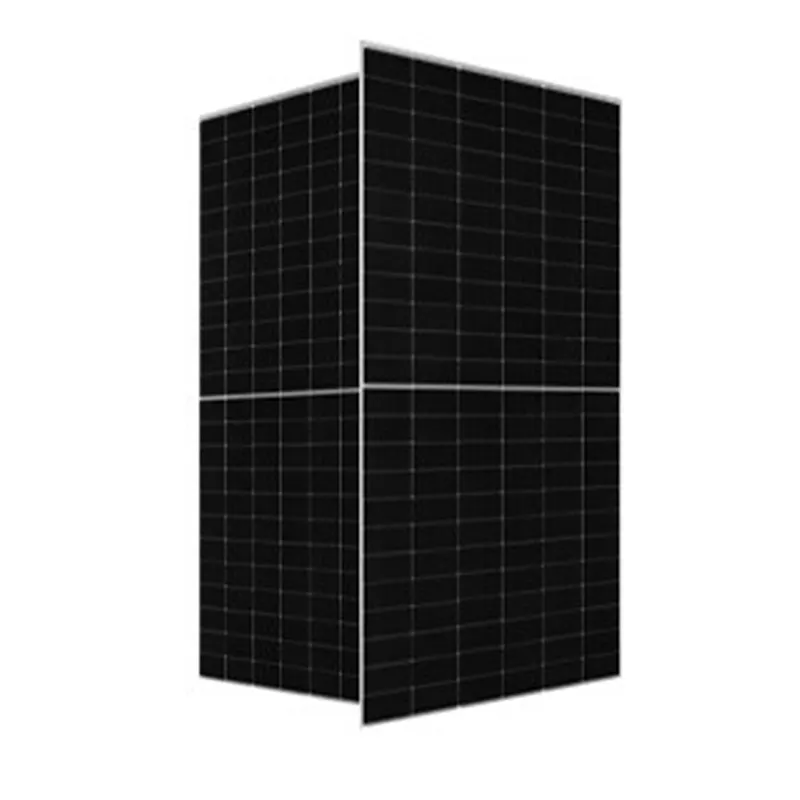solar panel estimate size
Estimating the Size of Solar Panels for Your Needs
In today’s world, the push towards renewable energy sources has never been more vital. Solar panels have emerged as a popular option for homeowners and businesses alike, but before diving into installation, it’s crucial to estimate the size of the solar panel system that will meet your energy needs effectively.
Understanding Solar Panel Efficiency
Solar panels vary in efficiency, determined by the materials used and the technology behind them. High-efficiency panels can produce more electricity in a smaller area, while lower-efficiency panels require more space to generate the same amount of power. Commonly, residential solar panels have efficiencies ranging from 15% to 22%. Choosing the right panel based on efficiency and your available space is essential.
Calculating Your Energy Needs
The first step in estimating the size of your solar panel system is to evaluate your current energy consumption. Review your utility bills for the past year to determine your monthly kilowatt-hour (kWh) usage. This figure will serve as the baseline for your calculations. For instance, if your monthly usage is 600 kWh, your annual use would be 7,200 kWh.
Sizing Your Solar Panel System
solar panel estimate size

Once you know your annual energy consumption, you can estimate the size of the solar panel system you need. A general rule of thumb is that 1 kW of solar panels produces approximately 1,250 to 1,500 kWh of electricity per year, depending on your location and the amount of sunlight received. To find the system size in kW, you would divide your annual kWh usage by the energy production of 1 kW over a year. For example
7,200 kWh (annual consumption) ÷ 1,300 kWh (average production per kW) = approximately 5
.54 kW.This means you would need a solar panel system with a capacity of around 5.54 kW.
Accounting for Losses
It’s also essential to account for potential losses due to shading, inefficiencies, and system performance degradation. A common adjustment is to increase your estimated system size by about 20%. So in this case, you would plan for a system closer to 6.65 kW.
Final Considerations
Consulting with a local solar installer can provide valuable insights tailored to your specific situation and geographical location. They can help you understand local regulations, incentives, and the best equipment options. By carefully estimating the size of your solar panel system, you can take a significant step towards reducing your carbon footprint, lowering energy costs, and embracing a sustainable future.
-
Unlocking Energy Freedom with the Off Grid Solar InverterNewsJun.06,2025
-
Unlock More Solar Power with a High-Efficiency Bifacial Solar PanelNewsJun.06,2025
-
Power Your Future with High-Efficiency Monocrystalline Solar PanelsNewsJun.06,2025
-
Next-Gen Solar Power Starts with Micro Solar InvertersNewsJun.06,2025
-
Harnessing Peak Efficiency with the On Grid Solar InverterNewsJun.06,2025
-
Discover Unmatched Efficiency with the Latest String Solar InverterNewsJun.06,2025







